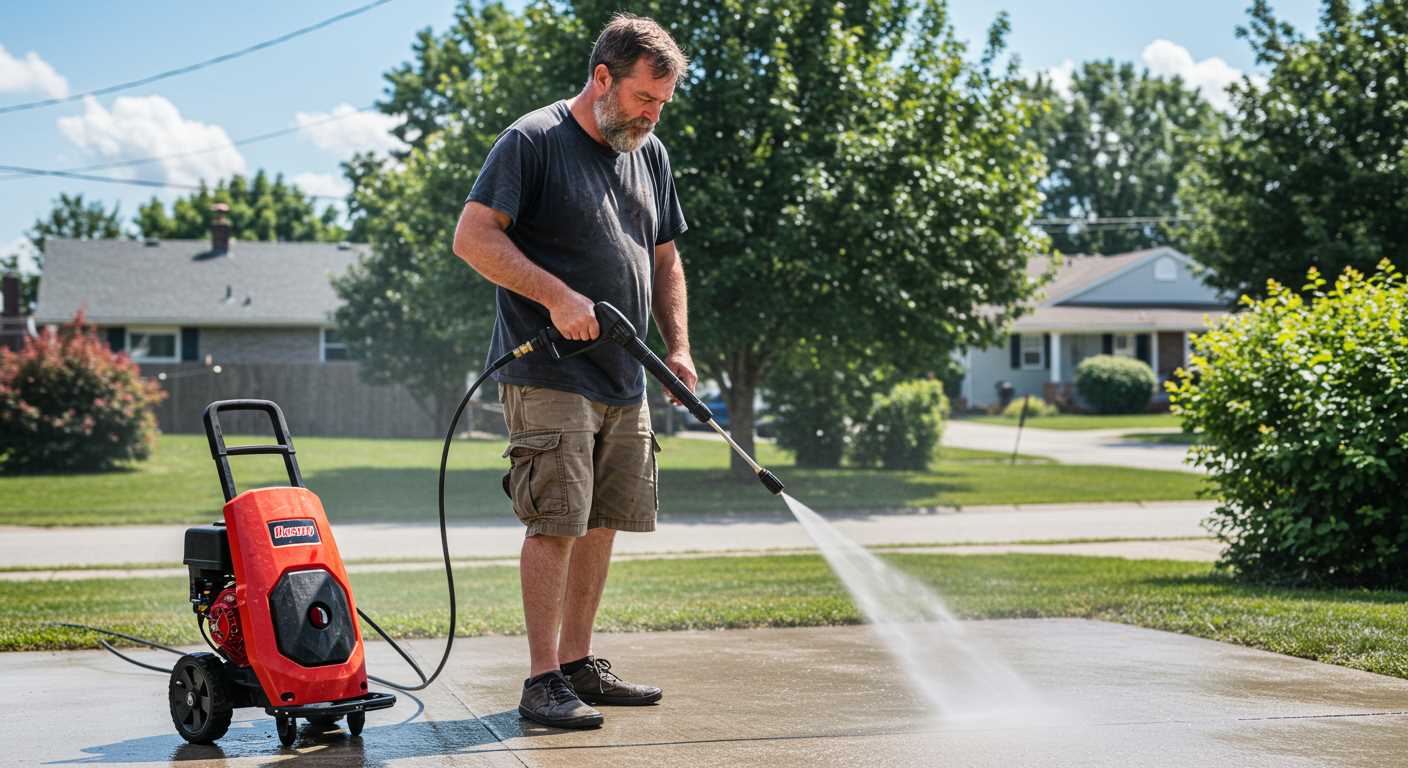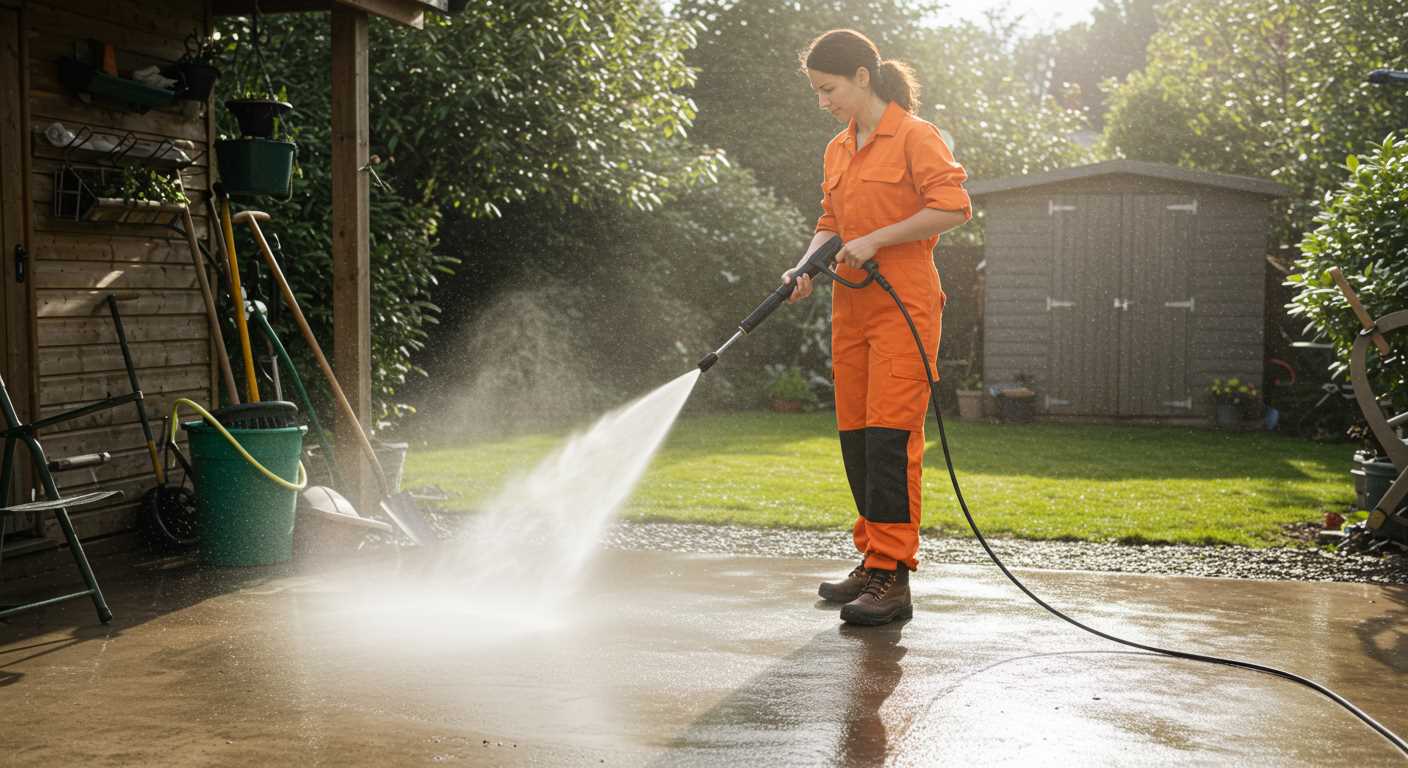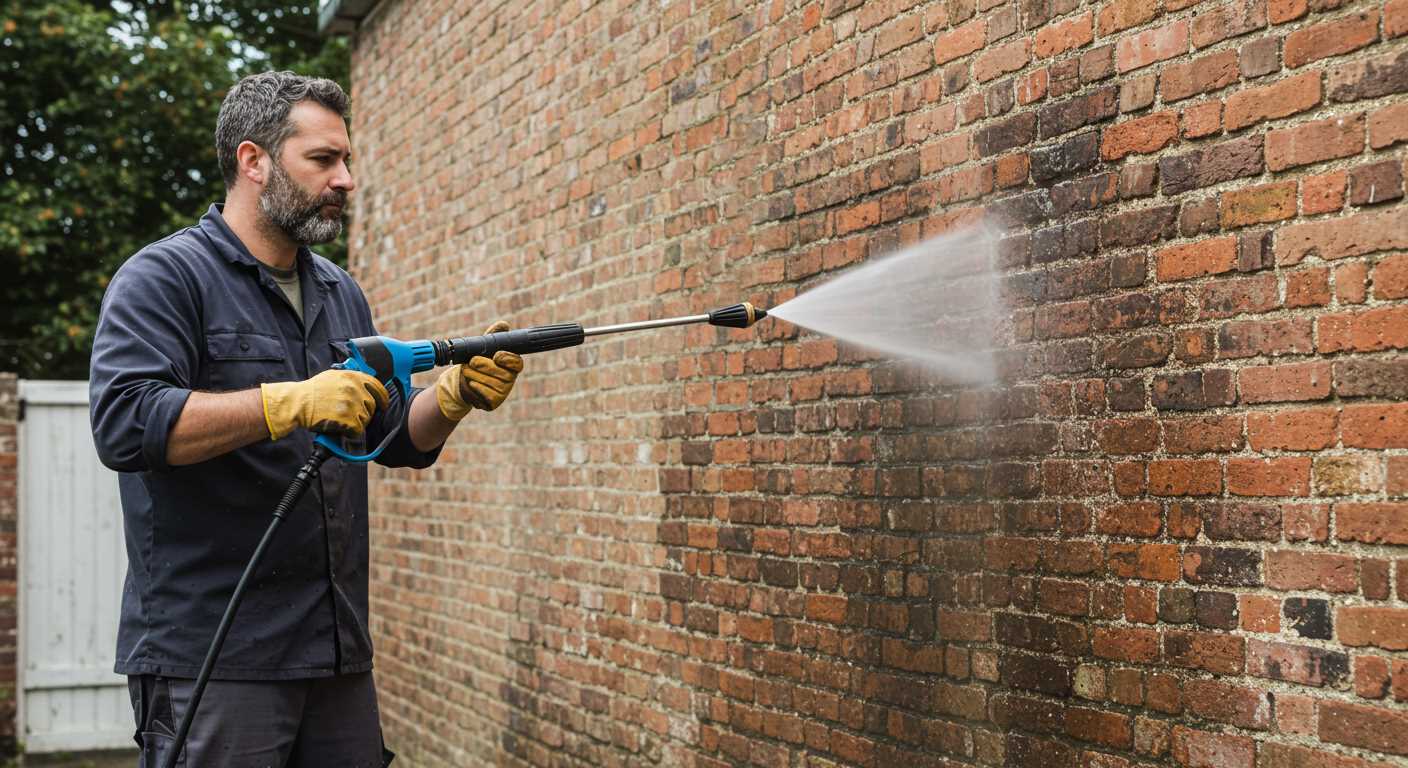



The combination of warm water, dish soap, and a stiff-bristled broom can effectively remove dirt and stains from outdoor surfaces. Mix a solution of warm water with a few drops of dish soap in a bucket. Applying this mixture to the slabs allows for a deep clean without the need for heavy machinery.
Applying baking soda directly onto stubborn stains is another powerful method. Sprinkle baking soda generously and add a small amount of water to form a paste. Let it sit for 15-30 minutes before scrubbing with a brush. This dual-action technique tackles mildew and grime effectively.
Using a mixture of white vinegar and water is particularly beneficial for tackling moss and algae. Combine equal parts of vinegar and water in a spray bottle and generously mist the affected areas. After a couple of hours, scrub the surface with a brush to lift away the residues.
For an eco-friendly approach, a solution of biodegradable soap and water can lift dirt without harming the environment. This is ideal when looking to maintain the beauty of your exterior surfaces while being conscious of nature.
Choosing the Right Cleaning Solution for Patio Slabs
Select a solution such as white vinegar mixed with water for a natural option. This combination effectively targets algae and mildew without damaging surfaces. Dilute one part vinegar with three parts water, apply it generously, and allow it to sit for 30 minutes before scrubbing.
If looking for a stronger approach, consider oxygen bleach. This powdery substance, mixed with water, provides an environmentally friendly alternative to harsh chemicals. Typically, one cup of oxygen bleach is needed for five gallons of water. Allow it to soak for at least 15 minutes before scrubbing to loosen grime thoroughly.
Commercial Cleaners
Select a commercially available cleaner specifically formulated for outdoor stone or concrete. Read labels carefully to ensure compatibility with your surfaces. Many of these products require dilution and offer targeted action against stubborn dirt and stains.
Always conduct a spot test in a small, hidden area to ensure no discolouration or damage occurs. This precaution helps maintain the appearance and integrity of the surfaces.
Additional Tips
Using baking soda is another useful method. Mix it with water to create a paste that can be applied directly to tough spots. After letting it sit for a while, scrub with a stiff-bristled brush to lift stains easily.
Be cautious with acidic solutions like hydrochloric acid, as they can be overly harsh. If opting for such products, ensure proper safety gear is worn and follow all application instructions meticulously.
Gathering Necessary Tools and Materials for Manual Cleaning
To achieve optimal results when tackling outdoor surfaces manually, assembling the right toolkit is paramount. Here’s a precise list of essentials required for effective maintenance.
| Item | Description |
|---|---|
| Bristle Brush | A sturdy, long-handled brush with stiff bristles to dislodge dirt and moss from crevices. |
| Scrubbing Cloths | Microfibre or sponge cloths that are soft enough to avoid scratching yet durable for thorough wiping. |
| Bucket | A sizeable container for mixing cleaning solutions and rinsing tools; consider one with measurement markings. |
| Spray Bottle | A handheld sprayer for even application of cleaning products, ensuring no area is left untreated. |
| Stiff Broom | A broom with dense bristles, ideal for pre-cleaning debris and leaves before the main scrubbing process. |
| Protective Gear | Gloves and goggles to safeguard skin and eyes from harsh chemicals and potential debris. |
| Cream Cleaner or Powder | A potent abrasive cleaner designed for outdoor surfaces that can tackle stubborn stains. |
Ensuring all these items are on hand streamlines the cleaning process, making it more manageable and effective. Each tool plays a specific role, combining elements of physical scrubbing and chemical action to return surfaces to their prime condition.
Step-by-Step Guide to Removing Dirt and Debris by Hand
Prioritising safety, ensure gloves are worn to protect hands from harmful substances. Begin by removing loose dirt and debris with a broom or stiff brush. This will create a clear surface for deeper cleaning. Aim for systematic strokes, ensuring all corners and edges are addressed.
Cleaning Solution Application
Prepare a suitable cleaning mixture. A solution of warm water and mild detergent works well for general grime. For stubborn stains, consider mixing water with white vinegar or baking soda for additional potency. Apply the chosen mixture generously across the surface, allowing it to sit for 10-15 minutes to loosen contaminants.
Scrubbing Technique
Employ a stiff-bristled brush to scrub the surface. Work in circular motions, applying consistent pressure to lift dirt effectively. Pay extra attention to stained areas, using targeted scrubbing techniques. Rinse thoroughly with clean water, either poured from a bucket or with a hose, to remove any residue from the cleaning agent. Repeat the process if necessary to achieve the desired cleanliness.
How to Treat Stains: Natural Remedies vs Commercial Products

To effectively tackle stains on stone surfaces, consider several remedies. Natural approaches can be surprisingly effective, often using ingredients readily available at home.
Natural Remedies
- Baking Soda Paste: Mix baking soda with water to create a thick paste. Apply it directly to the stain and let it sit for 30 minutes before scrubbing gently with a brush.
- White Vinegar: Spray undiluted white vinegar onto the stain. It acts as a natural disinfectant and can break down grime. After soaking for about 15 minutes, scrub and rinse.
- Lemon Juice: Apply lemon juice to brightening effect. This can be particularly successful on organic stains.
- Salt and Water: A mixture of salt in warm water can help with tough stains, acting as a gentle abrasive.
Commercial Products

- Enzyme Cleaners: These target organic matter. Follow the manufacturer’s instructions for application to ensure proper results.
- Oxygen Bleach: A milder alternative to chlorine bleach that is effective on stains without damaging surfaces. Dilute according to product guidelines.
- Specialty Stone Cleaners: Formulated specifically for natural stone, these products help preserve the finish while removing difficult marks.
Choose between natural or commercial solutions based on the type and severity of the stain. To prevent future staining, regular maintenance and quick treatment of spills are advisable.
Techniques for Preventing Weeds and Algae Buildup
Regular maintenance plays a key role in inhibiting the growth of unwanted plants and algae. Adopting a few strategic approaches makes a substantial difference.
Mulching and Ground Cover
- Applying organic mulch, such as bark chips or wood shavings, around edges limits sunlight access, reducing weed germination.
- Opt for ground cover plants that naturally spread and create a barrier against weeds.
Sealants and Treatments
- Using sealants specifically designed for paving can create a protective layer, preventing moisture accumulation that fosters algae growth.
- Consider applying a weed prevention product designed for outdoor surfaces; this can provide an extra line of defence against new growth.
Regular inspections of joints and seams help catch early signs of weed germination, allowing for prompt removal before they take root.
Implementing a routine of brushing or sweeping surfaces ensures that organic matter, which promotes algae, is kept at bay. Keep gutters clear to prevent debris from washing onto your stonework.
Utilising vinegar or salt solutions as a natural herbicide on emerging weeds can be an environmentally friendly option, but care must be taken to apply them selectively to avoid harm to surrounding plants.
Lastly, annual maintenance sessions should be established to treat any stubborn patches, ensuring consistent appearance and reducing the chance of extensive reinfestation.
Maintaining Clean Patio Slabs: Regular Care Tips
Frequent sweeping with a stiff-bristled broom removes loose dirt, leaves, and debris, preventing buildup. Ensure the bristles are firm to reach into grooves and joints effectively.
Establish a Routine
Set a schedule for maintenance. Weekly sweeping combined with monthly deep cleaning sessions keeps surfaces looking pristine. Regular inspection for cracks and weeds allows timely intervention, reducing extensive restorative work.
Seasonal Preparations

Before the rainy season, apply a sealant to shield against moisture absorption. During autumn, clear fallen leaves promptly to avoid organic stains and slippery surfaces. In spring, consider a thorough treatment to eradicate any winter grime and prepare for the upcoming outdoor activities.
Incorporating these practices into a cleaning regimen ensures long-lasting and attractive outdoor surfaces. They not only prolong the look of the area but also enhance safety and enjoyment during use.









